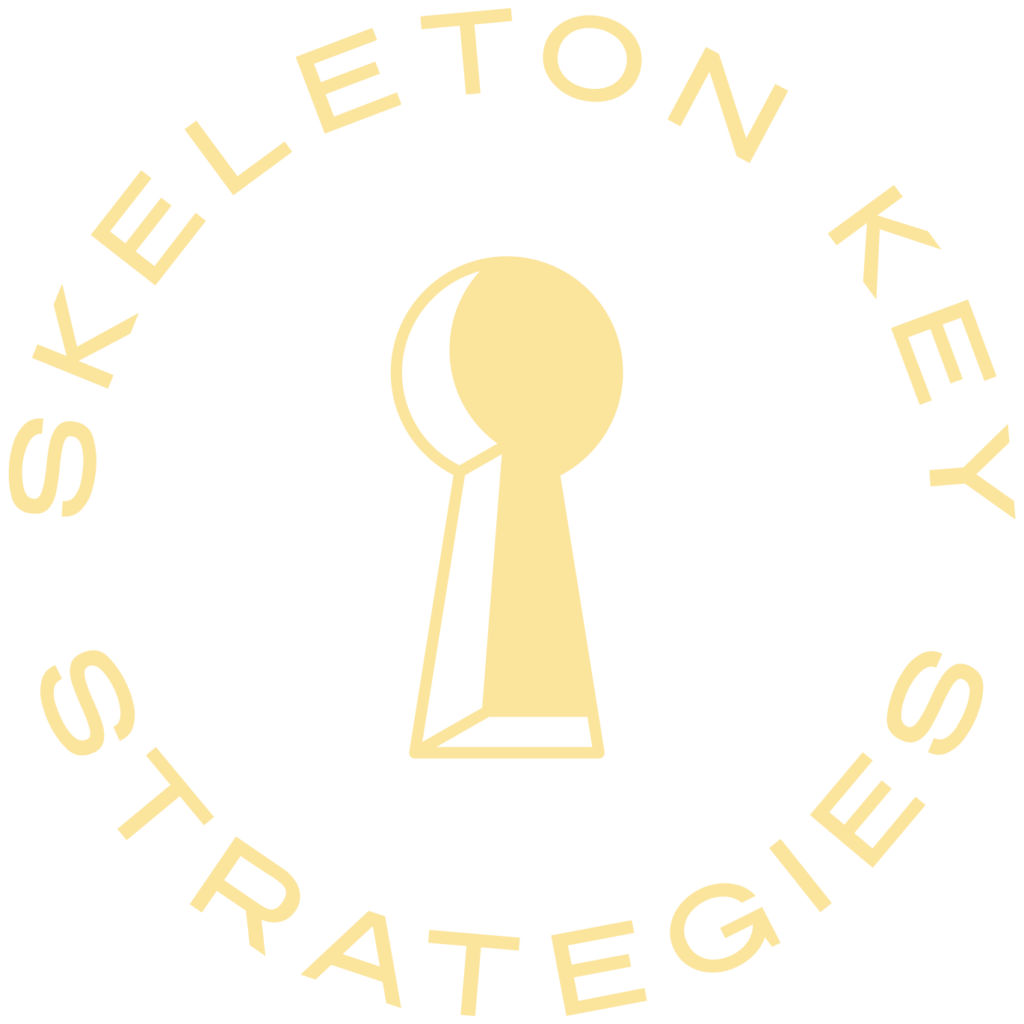Your new system just launched. Training is complete, communications went out, leadership is aligned. But then: workarounds appear immediately, people claim they’re “too busy” to learn the platform, and the old processes continue in shadow.
Most change management approaches treat this as “resistance to overcome.” But what if resistance isn’t the problem? What if it’s the most valuable feedback you’re getting?
Below, we break down why pushback during organizational change is actually data worth listening to, and how reframing resistance can save stalled projects and build solutions people actually want to use. These insights come from our work supporting nonprofits through technology implementations, team restructures, and strategic transitions—where the difference between adoption and abandonment often comes down to one question: are you managing change, or just trying to convince people to use something that isn’t working?
Share this with colleagues navigating change initiatives right now. And reach out using the form at the bottom of the page if you’re facing a stalled implementation or want to explore how human-centered change management can transform your next major transition.









Case Study
Transforming Global-Scale Development Operations with Human Rights Watch
Fundraising Systems & Analytics Team Reorganization (2023)
Human Rights Watch worked with Skeleton Key Strategies to transform their Development Operations team roles and structures, for the purpose of aligning them with its new global fundraising staffing model; streamlining cross-team collaboration; optimizing their fundraising systems and business processes for future growth; and enabling data-driven decision making.


